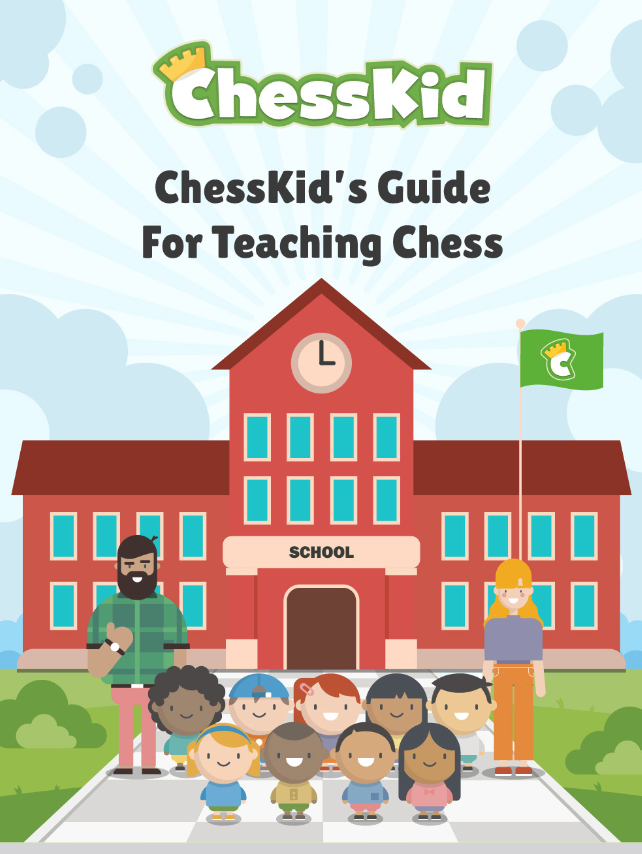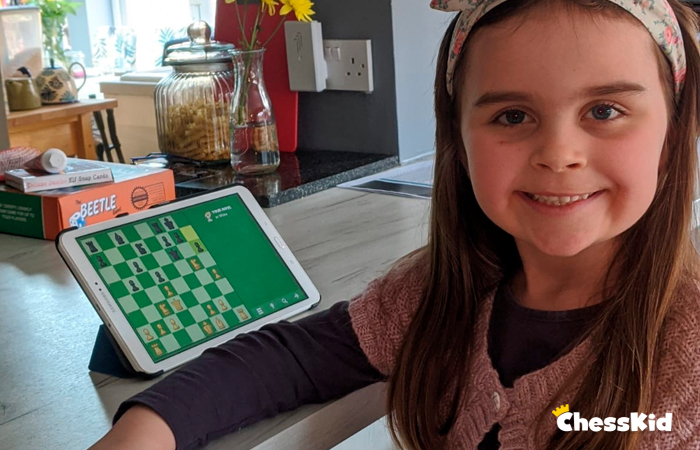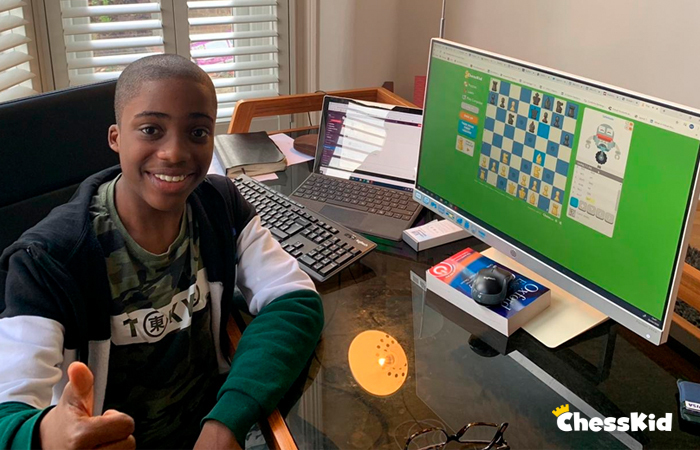Teaching Chess to Students: Practical Tips and Insights
Chess has been a popular game for centuries and is known for its strategic complexity.
Teaching Chess to Students: Practical Tips and Insights
Chess has been a popular game for centuries and is known for its strategic complexity. Teaching children to play chess has many benefits, such as developing critical thinking skills, concentration and perseverance. Whether you’re a teacher or a parent looking to introduce young people to chess traditionally or chess online, this guide provides valuable insight into how to effectively teach chess.
Learn the Basics
Before teaching others to play chess, it is important to get yourself in control of the game. Familiarize yourself with the rules, basics and objectives of the game. There are many online resources, tutorials, and books to help you improve your understanding of chess.
Let’s Start with the Basics
When introducing chess to beginners, start with basic concepts. Conquer enemy pieces by teaching the moves of each piece. The focus should be on one piece at a time, starting with pawns, rooks, knights, bishops, queens, and finally, kings.

Make it Interactive
Chess can be an unreal concept for young minds. To make learning more engaging, use visual aids such as large demonstration boards or interactive chess software. Allow students to control their own pieces and move them around the board while learning different moves. Encourage students to ask questions and give clarifications.
Demonstrate the strategy
Once you understand the basic steps, let’s introduce the concept of strategy. Teach them the importance of controlling the center of the board, developing your pieces and planning. Then demonstrate common tactics such as forks, pins and skewers. Discuss the players’ strategies using the example of a famous chess match.
Chess Provides Practice Opportunities
Chess is a game that requires practice to improve. Create opportunities for students to compete against each other. Establish friendly tournaments and chess clubs for students to participate and learn from their peers. Encourage regular practice and provide students with resources to play against online or computer opponents.

Foster a Positive Learning Environment
Chess can be a difficult game, but creating and encouraging a learning environment is important. Emphasize that mistakes are part of the learning process and give constructive feedback. Celebrate achievements and highlight areas for improvement. Encourage good sportsmanship and teach students how to show compassion for both winners and losers.
Incorporating Chess into the Curriculum
Chess is a valuable educational tool because it can be incorporated into many different subjects. Use chess to teach problem-solving, logical thinking, and critical thinking skills. Discover the connection between chess and mathematics, history and literature. Consider incorporating chess into a dedicated chess club or as part of your school’s extracurricular activities.
Use online resources
In today’s digital age, there are many online resources available to help you teach chess. Websites, chess tutorials, and chess apps complement the lessons and provide additional learning opportunities. Encourage students to explore online resources and compete against other players around the world. This is one of the best ways to grow as a beginner, as these online resources are really invaluable in terms of the experience you get.
For those Seeking Professional Development
If you are a teacher, you should consider attending professional development workshops or chess teaching courses. These programs provide additional strategies, teaching methods, and resources to increase your effectiveness as a chess teacher. Stay on top of the latest developments in chess education to give your students the best learning experience.

Large Demonstration Boards
A large demonstration board is a powerful tool for learning chess, providing better visualization, interactive engagement, and improved lesson dynamics. Incorporating them into your chess lessons greatly contributes to the overall learning experience and skill development.
A large demonstration board provides a visual aid that promotes understanding and participation during chess lessons and demonstrations and has proven to be an invaluable aid to chess learning. A large demonstration board provides a clear, zoomed-in view of the chessboard, helping learners understand the moves and strategies being taught. The large pieces and squares on these boards allow students to more effectively understand concepts by visualizing different positions, tactics and patterns more clearly.
Chess Software
Chess, also known as “the game of kings”, has been enjoyed by millions of people for centuries. In recent years, the advent of interactive chess software has revolutionized the way enthusiasts approach the game. The other part of the article examines the benefits and features of interactive chess software and focuses on how it takes the chess experience to a new level.
Improved Learning and Training
One of the most important benefits of interactive chess software is its ability to improve learning and training for players of all skill levels. These software programs offer comprehensive tutorials, interactive lessons, and exercises for both novice and advanced players. Users can learn rules, basic strategies, and advanced tactics through engaging tutorials and real-time feedback.
Additionally, interactive chess software often integrates artificial intelligence (AI) algorithms to analyze gameplay, providing valuable insight into individual player strengths and weaknesses. This allows users to review computer-generated ratings and suggested actions to identify areas for improvement and refine strategies.
Interactive chess software gives users the opportunity to play against AI opponents of varying difficulty, making it an ideal platform for practice and skill development. The AI engines employed in these programs are designed to mimic human thought patterns, providing a realistic and rewarding experience.
Additionally, users can personalize their gaming experience by adjusting AI skills, level of play, and timing to their liking. This flexibility allows players of all skill levels to find suitable opponents and test their skills on a regular basis.
Community Engagement
Interactive chess software encourages community participation by providing a platform for players to compete online. These platforms offer a variety of features, such as live tournaments, multiplayer matches, and leaderboards where users can interact, learn, and share experiences with other chess enthusiasts around the world.
Additionally, interactive chess software often includes analytics features that allow players to review and analyze their game. Users can replay the game move by move, explore different variations, and identify key turning points. This analytics component helps players understand their strengths and weaknesses, know their mistakes, and refine their strategies for future games.
Tips For Teaching Chess In The Classroom
